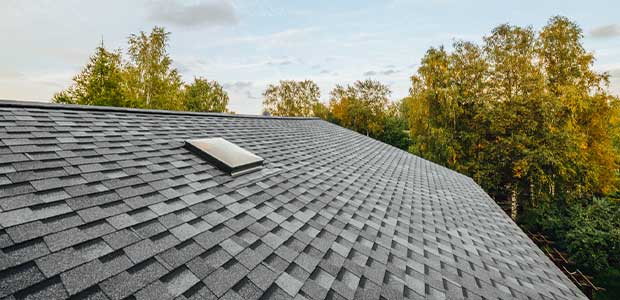
Environmental Advantages of Soy-Based Shingles Used for Roofing
In addition to producing less waste, what other impacts can these shingles have on the environment?
- By Jessica Smith
- Mar 31, 2023
Most people only consider a roof as a barrier protecting them from the weather when looking at it. A roof may be much more than that for those in the know. Roofs can now play a critical role in lessening our environmental impact thanks to the growth of sustainable building techniques. Soy is one substance that significantly impacts the roofing business, and yes, you did read that correctly.
Now, shingles that are not only long-lasting and affordable but also environmentally sustainable are being made from soy, the multipurpose being used in everything from tofu to candles.
Here are some of the advantages of soy-based shingles and how they contribute to developing a more suitable future.
Energy Efficiency
A home's interior temperature can be controlled with the help of U.S. soy based shingles, which also reduce energy use and heating and cooling costs. Soy-based shingles reflect more of the sun's rays than conventional shingles, which reduces the heat that enters the house during hot weather. As a result, there may be less need for air conditioning and decreased summertime energy costs.
Moreover, soy-based shingles offer better insulation throughout the winter months. By assisting in heat retention, they can lessen the need for extra heating while lowering energy usage and heating costs. Choosing soy-based shingles will help homeowners maintain a comfortable indoor climate all year and save money on energy costs.
Reduced Environmental Impact
Reducing environmental impact means minimizing the detrimental effects that human activity has on the environment. Below are some of how using shingles made of soy-based materials can help reduce the environmental impact.
Lower petroleum consumption. In soy-based materials, petroleum consumption is decreased because soy-based products are made from renewable resources, eliminating the demand for petroleum-based goods that damage the environment and emit greenhouse gases.
Smaller carbon footprint. Compared to conventional petroleum-based products, lower-carbon ethanol-based materials have a smaller carbon footprint, lowering the number of greenhouse gases released into the environment during production and disposal.
Enhanced air quality. The emissions of volatile organic compounds (VOCs), detrimental to air quality and human health, can be decreased using soy-based materials.
The lower danger of water pollution. Materials made of soy are less prone to leach toxic chemicals into water systems.
Less waste. The production and disposal of shingles produce less trash because soy-based components can be recycled or biodegraded.
Takeaway
As our globe continues to look for more environmentally friendly and sustainable substitutes, using soy products in building and roofing materials is a potential step towards a more sustainable future.
Soy-based products have revolutionized the shingle sector by providing several advantages that are difficult to overlook. Soy-based shingles have changed the roofing business, from improved strength and insulation capabilities to environmental friendliness and sustainability. Soy-based materials will be crucial in determining our future as we seek creative and sustainable ways to construct and live, paving the path for a brighter, greener and more sustainable tomorrow.
About the Author
Jessica is a passionate writer & guest blogger. Writing helps her to improve her knowledge, skills & understanding about the specific industry. She loves writing & sharing her knowledge. She is currently learning about Elite Garage Door.